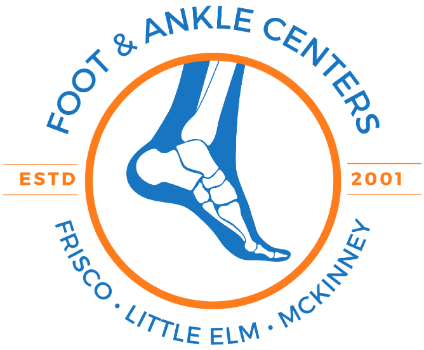Recognizing and Treating Ankle Instability
Ankle instability is a condition in which the ankle joint becomes unstable, resulting in an inability to support the body’s weight during activities such as walking, running, and even standing. If you experience symptoms of ankle instability, our board-certified podiatrists at Foot & Ankle Centers of Frisco, Little Elm, & McKinney in Frisco, Little Elm, and McKinney, Texas, can determine the most effective treatment for you. Our expert podiatry team offers advanced diagnostics and same-day appointments for urgent foot and ankle problems.


An Effective Path to Improved Ankle Stability
Ankle instability can be diagnosed through a physical exam or MRI conducted by a doctor or other medical professional.
During the exam, the doctor will look for signs of swelling, tenderness, and other changes in the ankle area. The doctor may also check for a range of motion, strength, and flexibility in the ankle. Imaging tests, such as X-rays or MRI scans, may also be used to further diagnose ankle instability.
If your condition is mild, your doctor may recommend at-home treatments like rest and ice. In most cases, your doctor can effectively treat your injury with conservative treatments, including:
- Physical Therapy
- Bracing
- Medications
If your condition is severe then surgery may be necessary to repair or tighten ligaments or fuse your bones together. The goal of treatments for ankle instability is to improve the symptoms of instability, reduce the risk of recurrent sprains, and improve the overall ankle function. At Foot & Ankle Centers of Frisco, Little Elm, & McKinney, our team of podiatrists work with you to find the right treatment for your injury.

